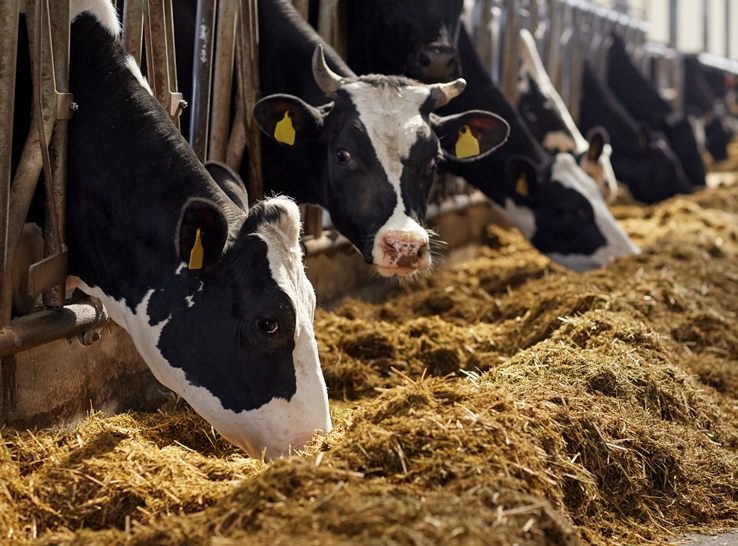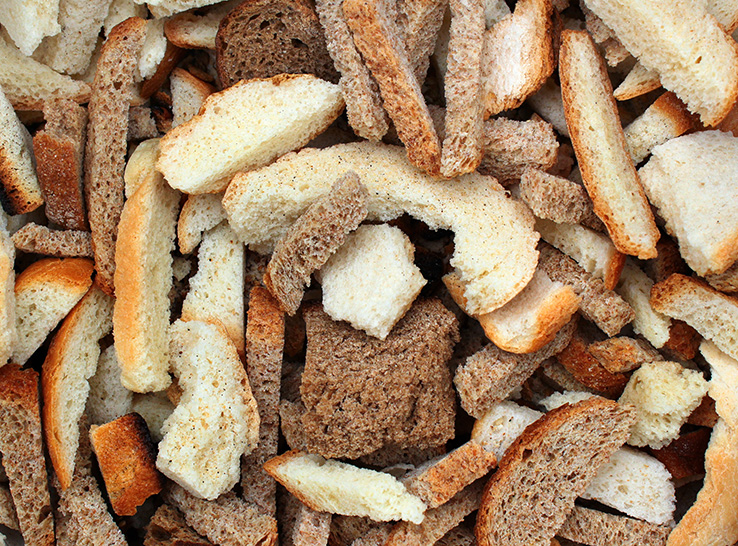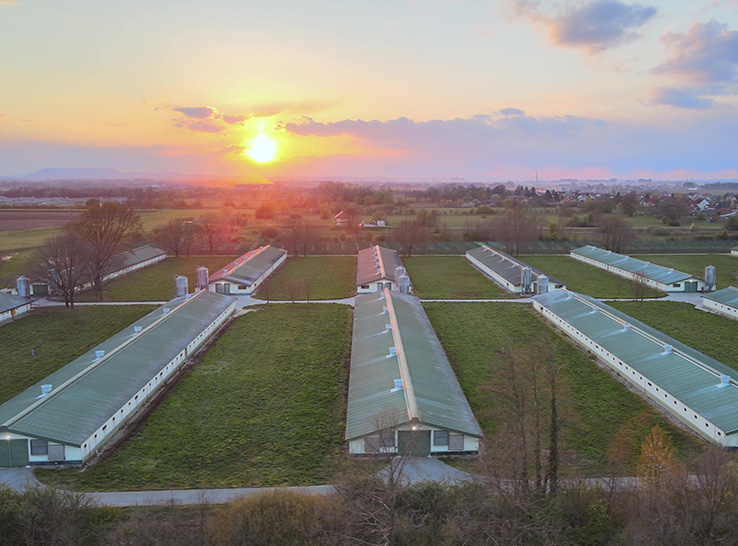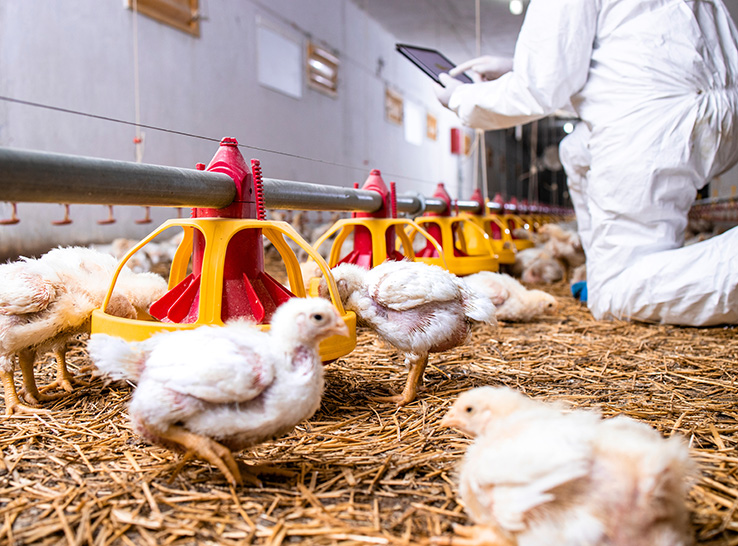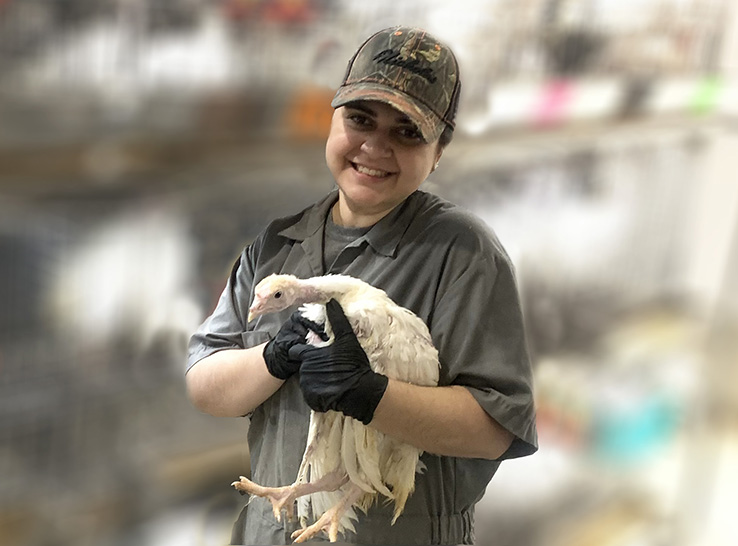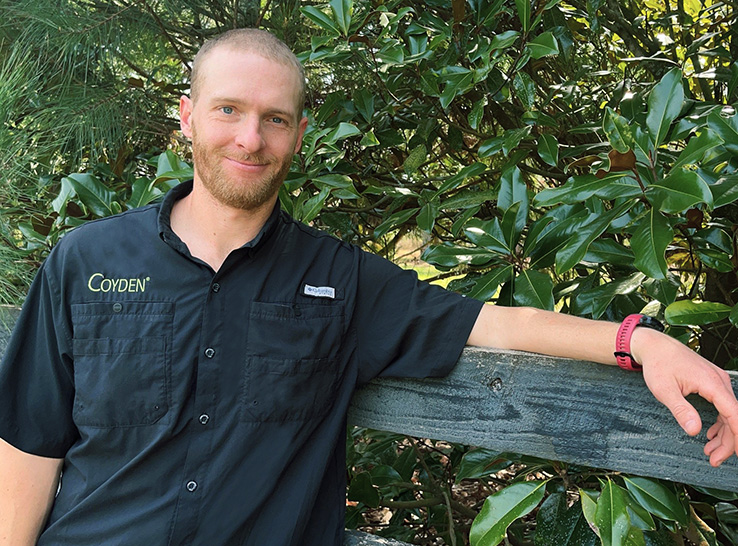Waste products from restaurants and bakeries could be promising, low-cost protein sources for laying hens without compromising performance, North Carolina State University research suggests.
Scientists tested experimental diets designed using feed-formulation software to meet hens’ nutritional requirements. They included varying quantities of food-waste products as supplements to a corn-soybean meal diet. The conventional diet alone acted as a control.
The restaurant food-waste product was added to the diets at up to 20% inclusion, while the bakery-waste product was added up to 10%.
Production effects limited
The researchers observed no significant differences in daily egg production from hens fed either the control diet or one with food-waste product up to a level of 15% inclusion. The only significant decline in production was when the hens were fed diets containing 20% inclusion of the restaurant food waste.
Furthermore, in the work presented at the International Poultry Scientific Forum,1 USDA egg size was not significantly affected by adding restaurant food waste to the diets at up to a 5% inclusion rate. However, there was a significant decrease in USDA extra-large eggs and an increase in USDA large eggs up to a 20% inclusion rate.
As a result of this size change, “There is a potential to lengthen the period in which hens produce USDA large eggs, the most common size seen on supermarket shelves,” said Alea Belflowers, the poultry science student who led the work.
Chance to emulate global examples?
Feeding food waste to livestock is seen as one of the most feasible and economical methods to lower the considerable environmental footprint of animal production. The results of the study suggest that food waste could be included in hen diets as an alternative protein source, reducing the amount of soybean meal used.
“We see countries like Japan and South Korea, [which] have implemented strategies and regulations to decrease the amount of food waste they produce and are currently successfully recycling between 35% and 43% of their food waste for use as animal feed,” Belflowers said.
“As long as food waste is available, safe and either economical for producers to feed or decreases their carbon footprint, we will see these products succeed. I believe that, with the growing popularity of sustainable practices, companies will be eager to set up such partnerships when it comes to delivering and transporting these food products.”
1 Belflowers A, et al. Effects of unused restaurant and bakery food products as protein supplements on laying hen production parameters and USDA egg size. International Poultry Scientific Forum, 2023, Atlanta, USA.

